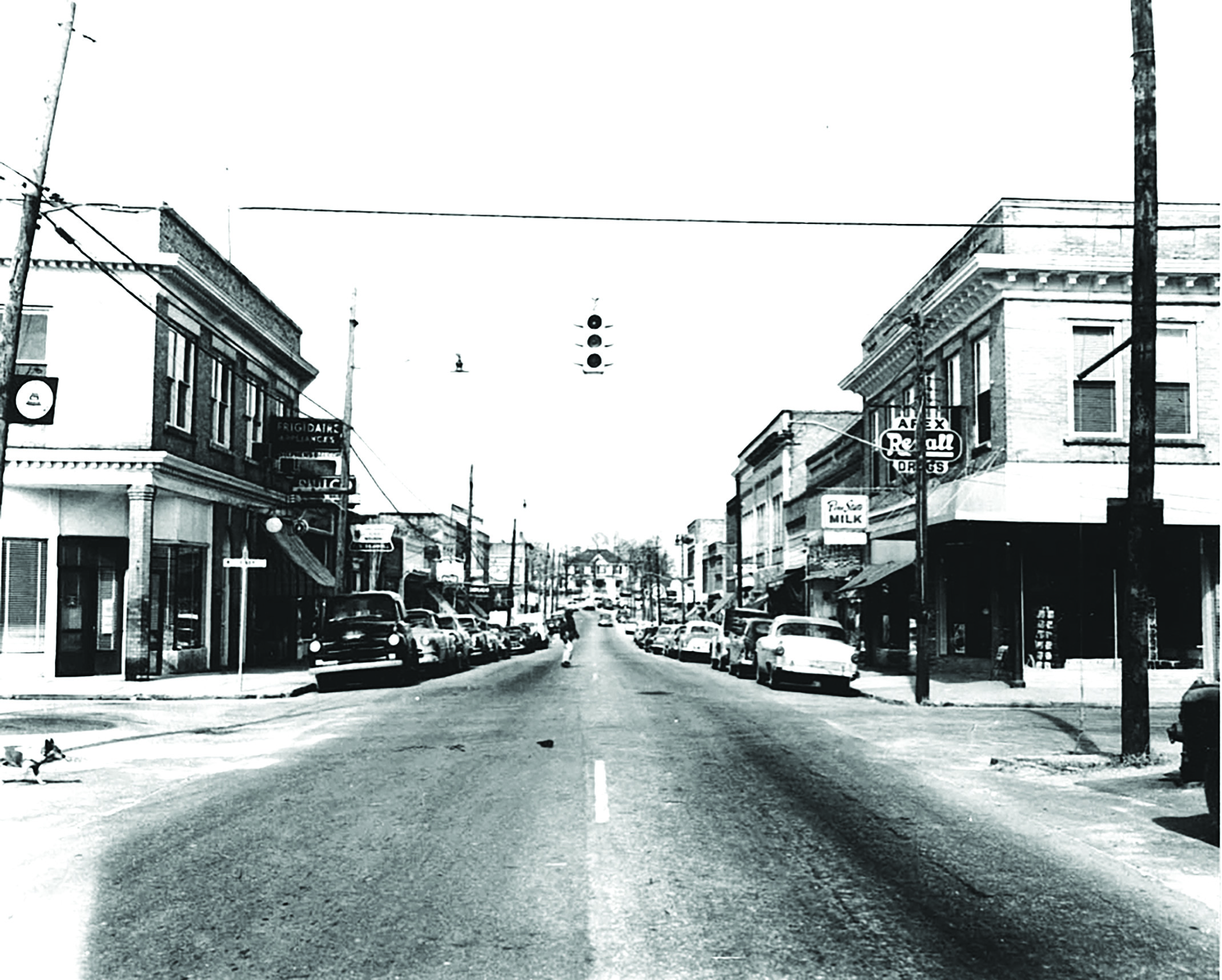
Preserving the Past: 10 Southern Traditions to Keep Alive
The South, a region steeped in history and rich in culture, boasts a vibrant tapestry of traditions. From culinary delights to artistic expressions, these customs represent a legacy worth cherishing and preserving for generations to come. But in a rapidly changing world, many of these beloved practices risk fading into obscurity. This article explores ten vital Southern traditions that deserve our unwavering commitment to keeping them alive and thriving.
1. The Art of Storytelling: Whispers from the Porch
Before screens dominated our lives, Southern evenings were often filled with the enchanting sounds of storytelling. Sharing family history, local legends, and tall tales around a crackling fire or on a porch swing fostered a deep sense of community and connection to the past. We can revitalize this tradition by actively encouraging storytelling within families, hosting community storytelling events, and recording oral histories for posterity.
2. Sweet Tea: A Southern Staple, Steeped in History
More than just a beverage, sweet tea is a quintessential Southern symbol. Its preparation, a ritual in itself, involves brewing strong tea and generously sweetening it. To preserve this tradition, teach the next generation the art of brewing the perfect pot of sweet tea, sharing recipes passed down through families, and celebrating it as a symbol of Southern hospitality.
3. Front Porch Sittings: Reclaiming Community Connection
The front porch, once a hub of social interaction, has sadly become less central in modern life. However, these spaces offer a unique opportunity for neighborly chats, friendly greetings, and spontaneous community gatherings. By encouraging the use of front porches, we can rekindle the sense of community that was once so integral to Southern life.
4. Preserving Southern Cuisine: A Culinary Legacy
Southern cuisine is renowned globally, known for its hearty dishes and the distinct flavors they possess. From fried chicken and biscuits to shrimp and grits, these dishes are not just food—they’re expressions of heritage. We can maintain this culinary legacy by supporting local farmers’ markets, sharing treasured family recipes, and teaching others the art of Southern cooking.
5. The Craft of Quilting: Stitching Together Memories
Quilting, a traditional craft, is more than just stitching fabric together; it’s a way to preserve memories, tell stories, and connect with loved ones. Each stitch holds a piece of history, passed down from generation to generation. Supporting local quilting guilds, taking quilting classes, and appreciating the artistry involved will help preserve this beautiful art form.
6. Gospel Music: Soulful Sounds of the South
Gospel music, a powerful expression of faith and community, holds a special place in Southern culture. Its soulful hymns and uplifting rhythms have touched countless hearts. We can keep this tradition alive by attending gospel concerts, supporting local gospel choirs, and recognizing its profound contribution to music history.
7. Southern Hospitality: A Timeless Tradition
Southern hospitality, a hallmark of the region, involves kindness, generosity, and a genuine welcoming spirit. It’s about creating a warm and inclusive atmosphere for everyone. Reinforcing this tradition involves actively practicing hospitality in our daily lives, extending kindness to strangers and neighbors, and teaching future generations the importance of graciousness and compassion.
8. The Art of Gardening: Cultivating History
Gardens were often the heart of Southern homes, providing sustenance and beauty. Growing heirloom plants, preserving traditional farming practices, and teaching children about the importance of sustainable gardening help maintain this connection to the land and a reverence for nature.
9. Celebrating Southern Festivals and Events: Keeping the Spirit Alive
Throughout the South, countless festivals and events celebrate regional history and culture. Attending these events, volunteering, and participating in the festivities keeps these traditions vibrant and meaningful.
10. Preserving Southern Literature and Art: A Legacy of Expression
Southern literature and art uniquely reflect the region’s history and identity. Supporting local artists, reading Southern authors, and visiting museums showcasing Southern art are vital ways to keep these artistic legacies thriving.
| Tradition | Action to Preserve |
|---|---|
| Storytelling | Host community storytelling nights, record oral histories |
| Sweet Tea | Share family recipes, teach brewing techniques |
| Front Porch Sittings | Encourage porch use, organize community gatherings |
| Southern Cuisine | Support local farmers, share family recipes |
| Quilting | Take classes, support quilting guilds |
| Gospel Music | Attend concerts, support local choirs |
| Southern Hospitality | Practice kindness, extend generosity |
| Gardening | Grow heirloom plants, teach sustainable gardening |
| Southern Festivals | Attend events, volunteer |
| Southern Arts & Lit | Support local artists, read Southern authors |
By actively engaging with and supporting these traditions, we ensure that the rich cultural heritage of the South continues to flourish for generations to come. It’s a responsibility we must all embrace.

Additional Information
Preserving the Past: A Deeper Dive into 10 Southern Traditions
The preservation of Southern traditions is not merely a nostalgic exercise; it’s a vital act of cultural maintenance that impacts identity, community cohesion, and even economic development. The initial article highlighting 10 traditions offers a starting point, but a deeper analysis reveals complex layers of history, social impact, and challenges to their continued existence.
Expanding on the Challenges and Opportunities:
The article likely touched upon some challenges. Let’s analyze them more comprehensively, using specific examples:
-
Demographic Shifts and Urbanization: The South is experiencing rapid urbanization and population growth, including influxes of non-Southern residents. This dilutes the concentration of traditional practices and knowledge holders. For instance, the decline of family farms directly impacts the continuation of farming traditions like heirloom seed saving or specific livestock breeds unique to the region. Case studies examining the impact of suburban sprawl on rural communities and their traditional crafts could illuminate this challenge.
-
Economic Viability: Many traditional crafts and practices – like basket weaving, quilting, or specific food preparation techniques – are not economically sustainable in a globalized market dominated by mass-produced goods. This necessitates exploring innovative strategies for economic viability, including artisan cooperatives, tourism integration, or linking traditional techniques to modern markets (e.g., using traditional quilting patterns in high-end fashion). Data on the economic impact of artisan crafts in specific Southern communities could highlight the potential benefits of preservation.
-
Loss of Knowledge Holders: Traditional knowledge often resides with older generations. The passing of these knowledge keepers means a critical loss of skills and techniques if not properly documented and transferred to younger generations. This emphasizes the importance of oral history projects, apprenticeships, and the creation of accessible archives documenting these practices.
-
Authenticity vs. Commercialization: The commercialization of traditions can sometimes lead to a dilution of their cultural significance, prioritizing profit over preservation of genuine practices. A careful balance needs to be struck between making traditions accessible and protecting them from being reduced to mere tourist attractions lacking genuine cultural depth. Analyzing examples of successful and unsuccessful commercialization efforts in the South could offer valuable insights.
Expanding on the Opportunities:
Preservation efforts offer significant opportunities:
-
Tourism and Economic Development: Southern traditions represent a valuable tourism resource. Well-managed heritage tourism can generate revenue for communities, preserve historical sites, and create employment opportunities. The success of heritage tourism initiatives in other regions could provide models for Southern communities.
-
Community Building and Identity: The active practice and celebration of traditional arts, music, and food create a sense of shared identity and belonging, strengthening community bonds. Studying the role of traditional events (e.g., festivals, fairs) in fostering community cohesion could provide valuable data.
-
Cultural Exchange and Diversity: Preserving Southern traditions also requires embracing the diverse cultural heritages within the South, including African American, Native American, and immigrant traditions. This requires a nuanced and inclusive approach to preservation that avoids homogenizing the region’s rich tapestry of cultures.
Specific Examples & Case Studies:
- Appalachian folk music: Analyzing initiatives preserving Appalachian ballad singing and its transmission through community music schools and festivals.
- Gullah Geechee culture: Examining the challenges and successes of preserving Gullah Geechee language and traditions in coastal South Carolina and Georgia.
- Southern cuisine: Investigating the impact of farm-to-table initiatives and the rise of chef-driven restaurants that highlight regional ingredients and traditional cooking techniques.
Conclusion:
The preservation of Southern traditions is a multifaceted endeavor requiring careful planning, community involvement, and innovative strategies. By addressing the challenges and capitalizing on the opportunities presented, we can ensure that these valuable aspects of Southern culture thrive for generations to come. A more comprehensive understanding, utilizing robust data and case studies, is crucial to inform effective and sustainable preservation initiatives.






